March 25, 2025
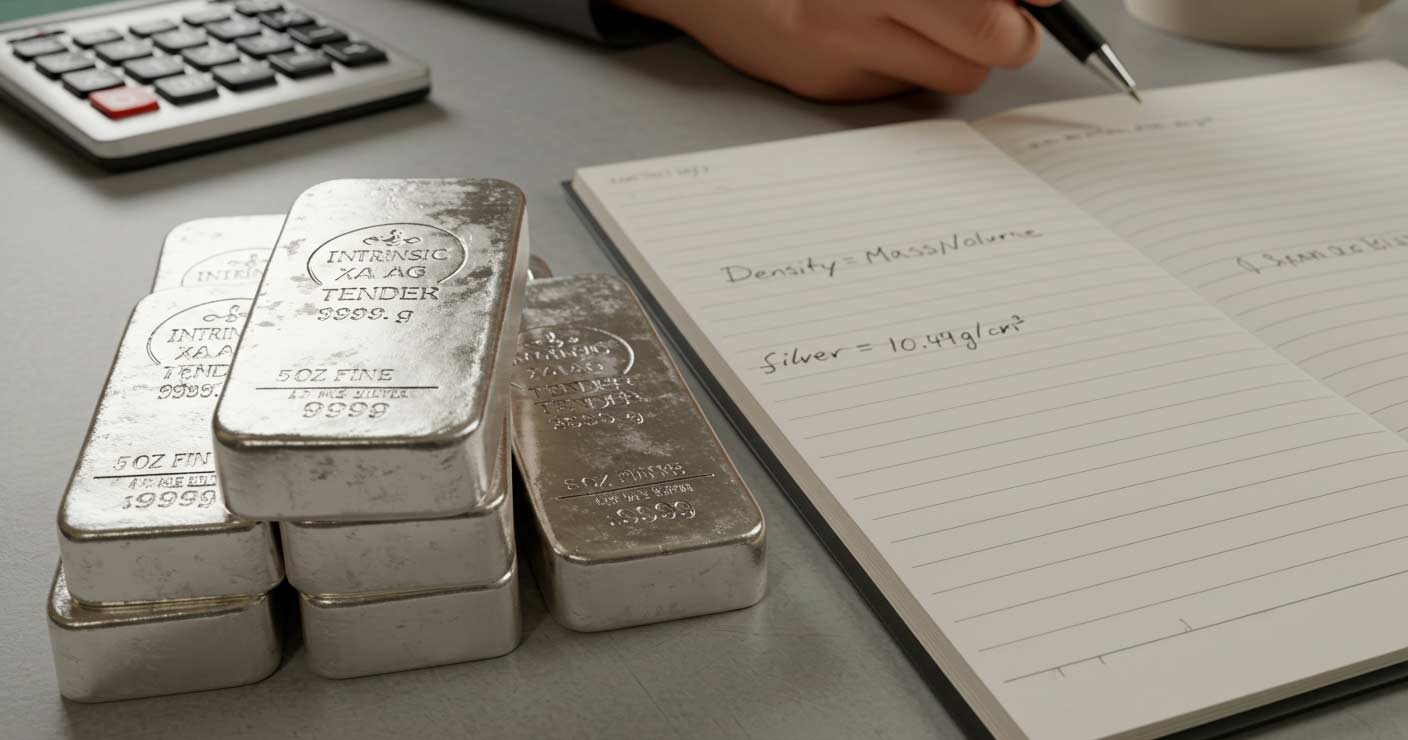
What is the Density of Silver?
Silver is one of the most versatile and valued precious metals, prized for its beauty and practicality. Its unique density—how much mass fits into a given space—sets it apart. This...
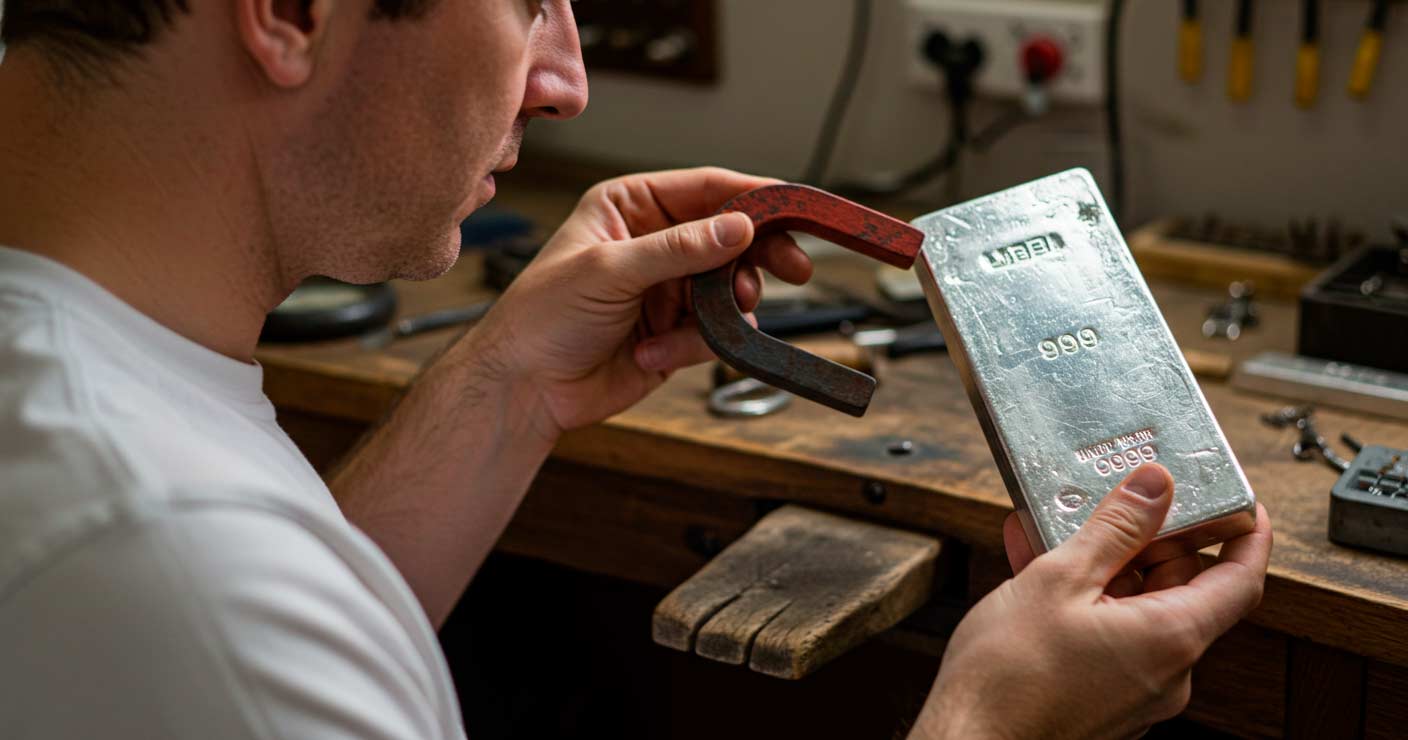
Is Silver Magnetic?
Silver is used in coins, jewelry, and even electronics, but its behavior with magnets surprises many. Is silver magnetic? The answer is no. Silver’s unique properties make it non-magnetic, and...

Should You Invest In Platinum This Year?
Platinum is rare, valuable, and in high demand. Discover how it can add stability and growth to your portfolio....
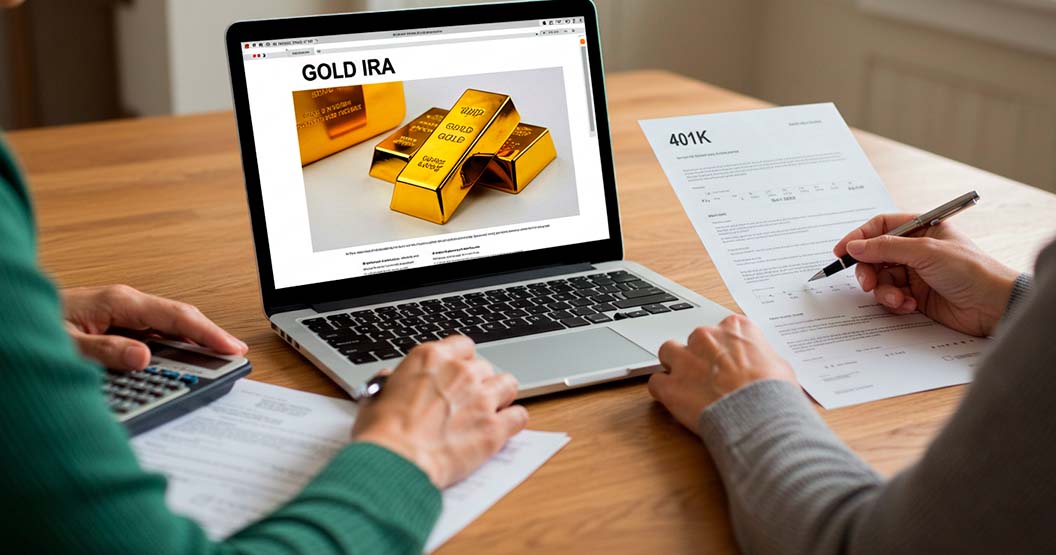
Gold IRA vs 401k: A Clear Guide to Smarter Retirement Planning
Compare the benefits of Gold IRAs and 401(k)s to find the best strategy for your retirement savings. Balance security, growth, and tax advantages....
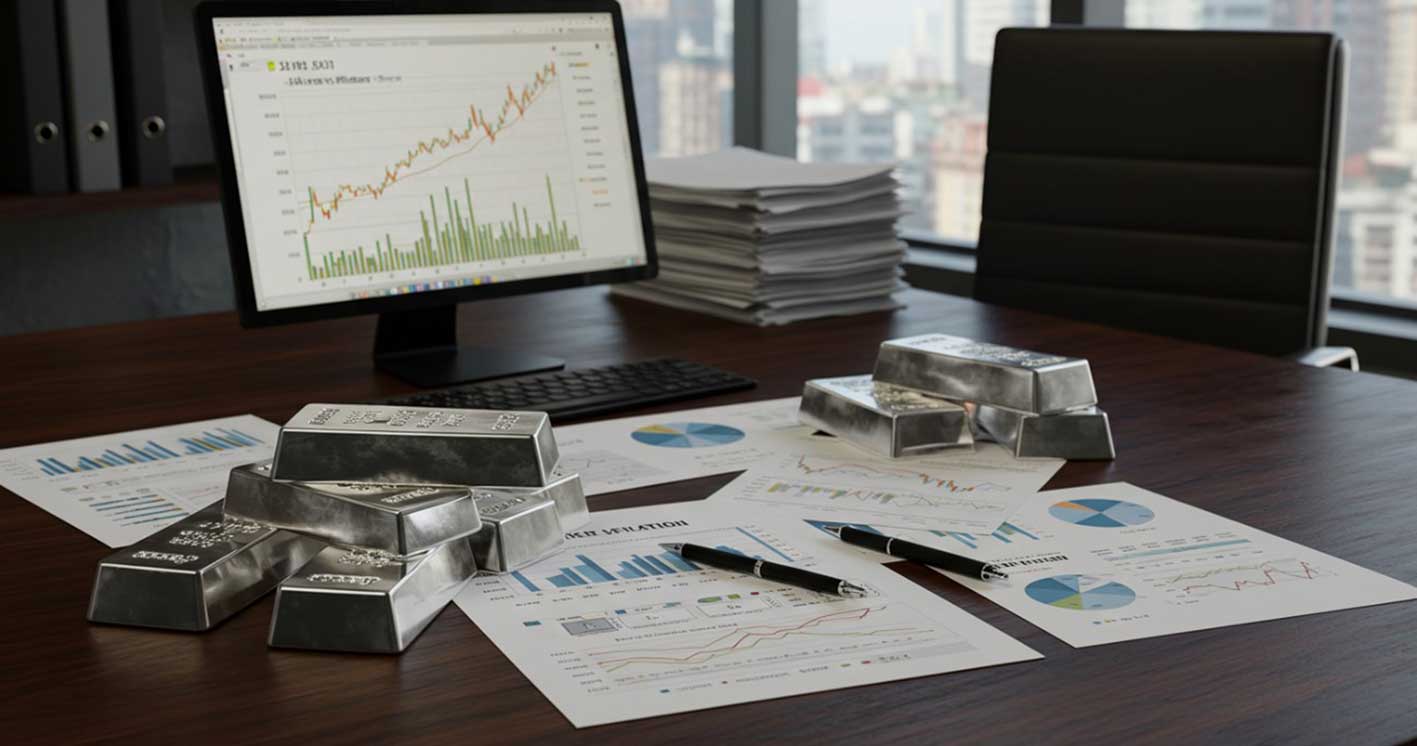
Silver vs Inflation: Can Investing in Silver Protect You?
Inflation quietly chips away at the value of your money, reducing how much you can buy over time. A dollar today won’t stretch as far tomorrow, especially when inflation accelerates....
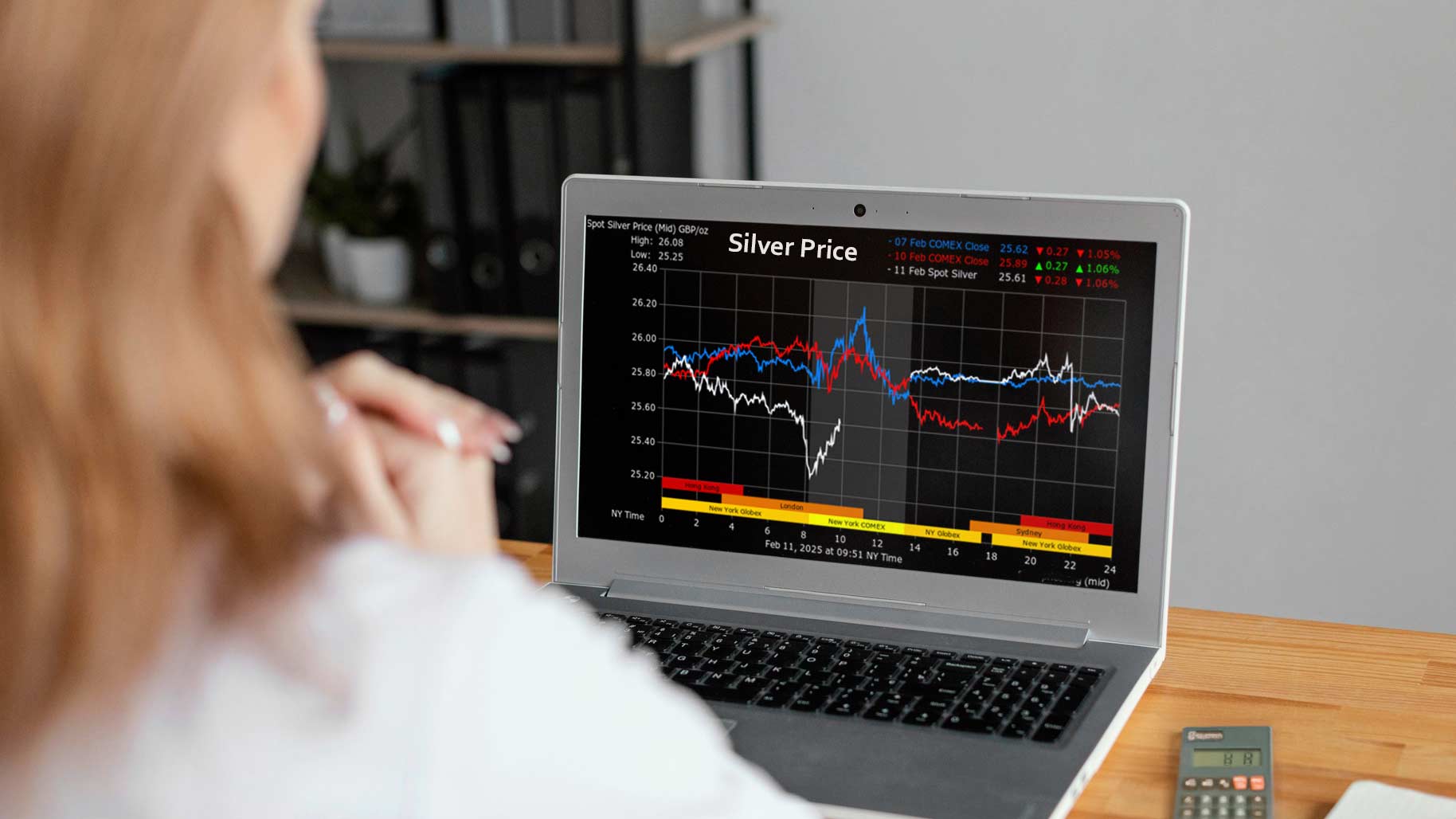
Is Silver a Good Investment?
Silver is unique in its dual role as an industrial metal and a reliable store of value. This combination makes it an appealing choice for investors looking to strengthen and...

How To Tell If Gold Is Real
Understanding how to tell if gold is real is vital for anyone buying, inheriting, or investing in gold. Fake gold and gold-plated items can look convincing but lack the value...
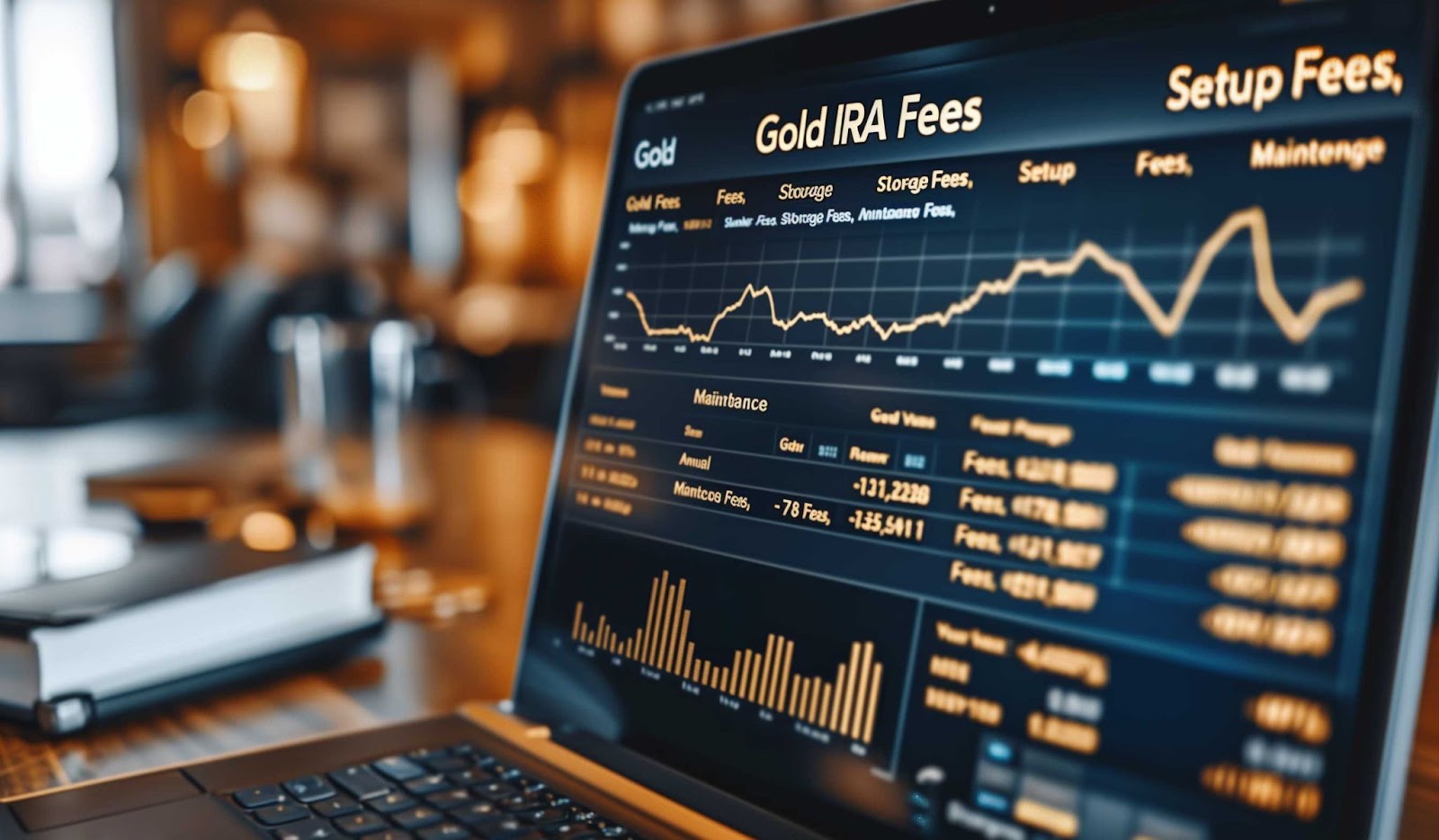
Gold IRA Fees: What You Need to Know
A Gold or Precious Metals IRA allows investors to hold physical gold and other precious metals in a tax-advantaged retirement account. As with any investment, there are associated costs. In...
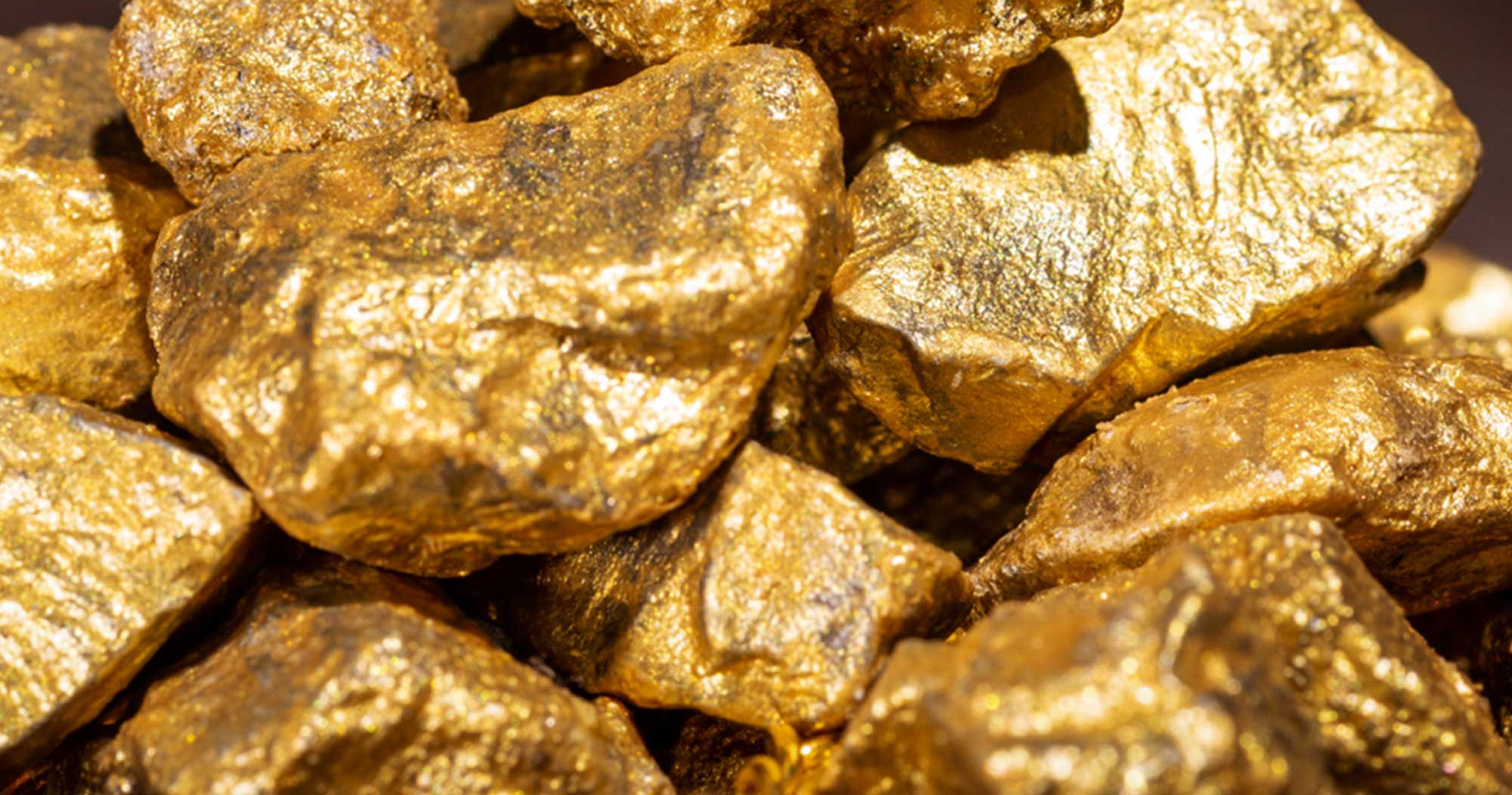
The Largest Gold Nugget Ever Found & Other Top Finds
Gold nuggets are natural, unprocessed pieces of gold found in riverbeds or underground deposits. They are valued for their rarity, weight, and unique formation. The largest gold nuggets ever discovered...
